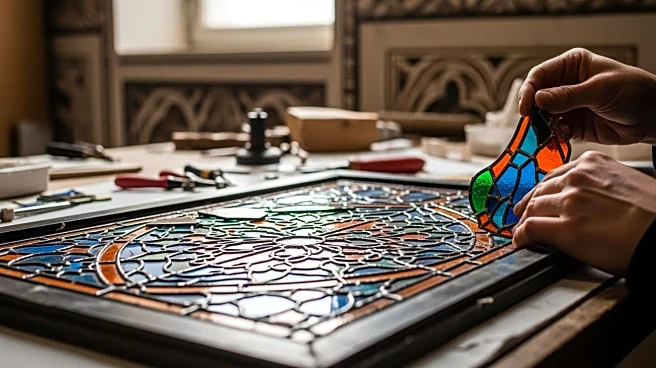What's Happening?
Rick Steves, a renowned travel writer, explores the historical and cultural significance of Warsaw, Poland, in his latest travel column. Warsaw, the capital city, is depicted as a symbol of resilience,
having endured numerous invasions and occupations since becoming Poland's capital in 1596. The city faced its darkest period during World War II under Nazi occupation, followed by Soviet control. Despite these challenges, Warsaw has been rebuilt, showcasing a blend of restored medieval architecture and modern skyscrapers. The city is now a vibrant hub of culture, featuring museums dedicated to World War II, Jewish history, and Polish art, along with celebrations of composer Frédéric Chopin. Warsaw's transformation into a safer and wealthier city is highlighted, with its cosmopolitan atmosphere attracting visitors interested in Polish cuisine and history.
Why It's Important?
Warsaw's story of resilience is significant as it reflects broader themes of recovery and cultural preservation in the face of adversity. The city's ability to rebuild and thrive after historical devastation serves as an inspiration for other regions facing similar challenges. Warsaw's cultural offerings, including museums and music events, contribute to Poland's tourism industry, attracting international visitors and boosting the local economy. The city's demographic changes, with the integration of Ukrainian refugees, highlight ongoing social dynamics and the importance of inclusivity in urban development. Warsaw's historical narrative also underscores the importance of preserving cultural heritage while embracing modernity, offering lessons in urban planning and community resilience.













